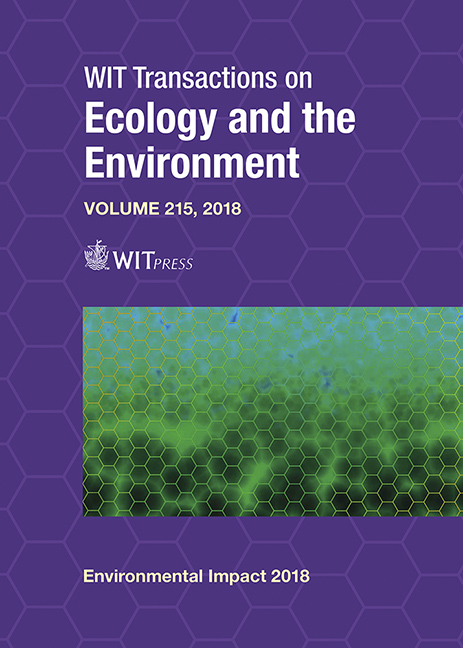AQUATIC ECOSYSTEM HEALTH ASSESSMENT OF THE ATHABASCA RIVER MAINSTEM OIL SANDS AREA USING WHITE SUCKER HEALTH
Price
Free (open access)
Transaction
Volume
215
Pages
10
Page Range
411 - 420
Published
2018
Paper DOI
10.2495/EID180371
Copyright
WIT Press
Author(s)
MARK E. MCMASTER, GERALD R. TETREATULT, THOMAS CLARK, JIM BENNETT, JESSIE CUNNINGHAM, MARLENE EVANS
Abstract
The Governments of Canada and Alberta designed an environmental monitoring plan for the lower Athabasca River between Fort McMurray and its confluence with Lake Athabasca. This plan, known as the Joint Oil Sands Monitoring Plan (JOSM), included monitoring aquatic ecosystem health with a focus on wild fish in the mainstem of the Athabasca River. The fish health program for JOSM used endpoints developed through Canada’s Environmental Effects Monitoring Programs for the pulp and paper and metal mining sectors under Canada’s Fisheries Act. Fish can be sensitive to multiple stressors, are critical components of aquatic ecosystems, and have significant social and economic value. The objective of the fish component of the aquatic monitoring program was to provide necessary data and supporting information to address key questions regarding both environmental health of fish populations and fish health issues related to use and consumption. The JOSM mainstem program consisted of large bodied fish health assessments at five stations and small bodied fish health assessments at nine stations on the Athabasca River. The large bodied white sucker were sensitive indicators of fish health in the system as consistent changes in fish health downstream, within the oil sands deposit were documented. These differences were indicative of nutrient enrichment as white sucker had increased condition and increased levels of internal fat stores relative to fish upstream of the oil sands area. The fish biomarker, ethoxyresorufin-O-deethylase activity, was a good indicator of exposure to polycyclic aromatic hydrocarbons and indicated the potential for increased exposure to these compounds downstream of oil sands development. Tiers and triggers are being developed for the program to predict change into the future and to be used in management decisions for further development in the area.
Keywords
fish health, environmental effects monitoring, oil sands, growth, reproduction and survival, EROD, tiers and triggers





